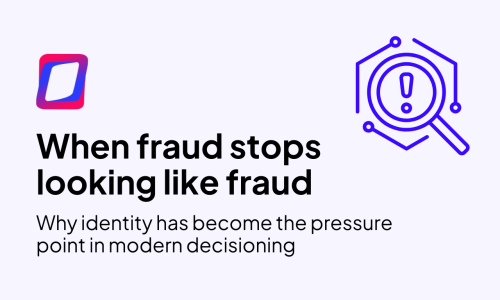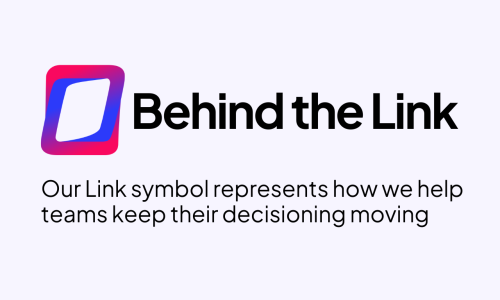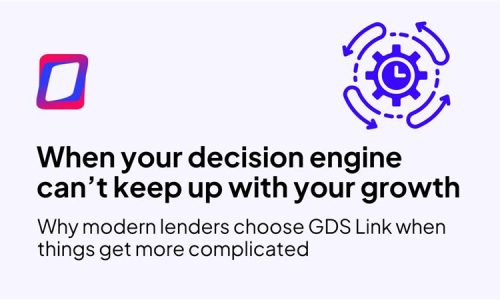Is Open Banking Safe, or Just a Solution Looking For a Problem?
Tech enthusiasts, entrepreneurs and investors are all touting this as the greatest innovation of their lifetimes. A sure-fire way to capture the hearts (and wallets) of the consumers and a veritable goldmine of opportunity.
But enough about NFTs and the metaverse, let’s talk about Open Banking.
Or maybe we shouldn’t.
Because despite the hype, it’s hard to say exactly who is benefiting from Open Banking or exactly what problem it’s trying to solve.
It’s been six years since the Open Banking Implementation Entity (OBIE) was set up, and while the addition of 245 third-party providers in 2021 Q1 is promising, it doesn’t suggest a movement that is trending upwards with any kind of pace. Even the OBIE’s own stats page is heavy on potential success rather than tangible wins.
“Open banking could boost UK GDP by £1bn annually.”
“The open banking sector could quadruple its worth to generate £7.2bn of revenues by 2022.”
“86% of financial firms recognise the value of the data Open Banking provides.”
Lots of potential but nothing yet to set our hair on fire.
So, let’s take a moment to look at why the Open Banking revolution has stalled.
And, more importantly, how lenders can actually leverage Open Banking to improve their product.
What’s in it for me?
The root of the somewhat torporous rise of Open Banking is that consumers haven’t been taken along for the ride.
Fintech firms don’t need to work hard to see the benefits of gaining access to more data, but consumers are mostly nonplussed by the whole thing. For the average consumer, the concept of consolidating their accounts into a single app or being able to access new levels of data (that will be mostly meaningless to them) is alien.
And this is the challenge that fintechs and innovative lenders are wrestling with. Because unless consumer adoption increases, the potential explosion in revenues isn’t going to be realised.
At GDS Link, we have embraced and are thrilled about the value Open Banking delivers. We’re excited by the possibilities and there’s little doubt that this technology is going to play a crucial role in the development of modern banking and lending.
But…
We also recognise consumers must be compelled to get involved that doesn’t involve gimmicks (although Monzo’s steel cards are undeniably pretty).
Imagine for a moment explaining the basics of Open Banking to an uninformed consumer and them responding with the age-old objection…
“What’s in it for me?”
Could you come up with a solid answer?
Maybe.
But could you provide a credible response that will genuinely excite the consumer enough to actually download an app and start using the technology available to them?
You want me to give you access to… EVERYTHING?
The secondary problem in convincing consumers that Open Banking is desirable is the dissonance between the constant digital fraud alerts they already receive and our insistence that allowing a third-party access to your financial data is perfectly fine.
This problem is only getting worse.
These days, almost every transaction you complete on your banking app is accompanied by dramatic warnings to check and double-check that you’re not sending money to a scammer. In some cases, merely booting up a banking app will present you with a reminder never to share any of your account or log-in details with anyone.
Little wonder that consumers, when invited to open up access to their data to a third party, might be hesitant.
The companies adopting Open Banking are familiar with the levels of security in place and the regulatory bodies that take care of people’s money and data. But it’s easy to forget that most consumers have little or no familiarity with these details and that trust in financial institutions can hardly be taken for granted.
If we want consumers to embrace Open Banking we need to take the time to reassure them that the technology is safe and not blithely assume that they’ll simply take our word for it.
So, what DO consumers care about?
Ironically, even though general lack of interest and security fears are creating a barrier to consumer uptake, that barrier can be breached without actually having to directly address those issues.
That doesn’t mean we shouldn’t be trying to generate enthusiasm and address security concerns. But alongside those efforts, we can make greater headway by getting to the heart of what the average person truly cares about.
An easier life.
It sounds reductive – even trite – but it can’t be denied that some of the most profitable and successful technologies in recent times have been built around our desire to simplify, de-stress and save time (Uber, Deliveroo, Amazon, etc.).
People will pay handsomely for convenience, not just financially, but also in terms of what they’re willing to give up or agree to.
And it’s this approach, at least in the short-term, that can go a long way to increasing Open Banking uptake.
Imagine, for example, a customer applying for a mortgage or a high-value loan and being given the option of digging up, scanning and uploading a year’s worth of bank statements…
Or…
Agreeing to use an Open Banking-powered app to give the lender instant access in a matter of minutes.
Suddenly the customer is VERY interested in using Open Banking.
And security concerns?
Those doubts will quickly fade away when presented with the option to save a huge amount of hassle.
“I’m sure it’ll be fine…” the consumer is now thinking.
Similar effects can be achieved by using Open Banking to improve the range and affordability of credit products you provide, while also making the consumer aware of these benefits if they’re willing to allow access to their data.
This, we believe, is the key to encouraging consumer take-up. Instead of trying to strongarm consumers into participating by making it mandatory for certain financial products or making it a standard requirement, introduce an Open Banking option only when it’s NEEDED or comes with a clear BENEFIT to the end user.
And, if possible, give the consumer an option so they can take ownership of the decision. A decision that, as discussed, they’ll come to happily when it means they can save even a modest amount of time and inconvenience.
Is Open Banking the right choice for your Fintech or lending firm?
There’s little doubt that Open Banking is going to be a key player in the financial sector. It’s a matter of when, not if.
And consumers will, in time, come around to the benefits, especially as the industry gets better at communicating the pros they actually care about.
But if you want to utilise Open Banking in an effective and profitable manner, and not just for the sake of adopting new tech, think about how you can do so in a way that will be practical for the consumer and profitable for you.
To discover more about how your organisation can benefit from Open Banking or other modern lending and decisioning technology, click on the button below to talk to one of our modelling specialists today.
Recent articles

When Fraud Stops Looking Like Fraud
Read article
Behind the Link
Read article





